There is a common misconception in the horse world about
what qualifies as a snaffle and what qualifies as a curb bit. This drives me
crazy, because people inadvertently put their horses in completely
inappropriate bits, thinking they are making a kinder, milder choice. So let’s
clarify.
This is a snaffle.
This is also a snaffle
And so is this
This is not a snaffle
I have seen many people mislabel snaffle bits because they
think that it is the joint in the mouthpiece that creates a milder bit action,
that the joint allows “Give” from the rein aids. This is not the case.
A snaffle is a bit whose action works on direct pressure. If
you apply one pound of force, the horse will feel one pound of pressure in his
mouth. The snaffle bit applies pressure to the tongue, the bars, the lips, and,
depending on the bit, sometimes to the roof of the mouth. A snaffle with a
single joint can have what is referred to as a “nutcracker action.” When
pressure is applied to the reins, the bit folds at the joint, pushing the
middle of the bit into the roof of the mouth while the sides of the bit pinch
closed on the sides of the jaw. This is why many horses with a low palate do
not go well in snaffles. A French link or a mullen mouth bit are milder options
because they do not create the nutcracker action.
A curb is a bit which works through leverage. The pressure
applied is multiplied by the length of the shanks. In a well-schooled horse,
this allows the rider to be subtler with their aids, since the horse can pick
up much smaller movements of the rider’s hands. It also can, in some horses,
allow the rider more control over a strong horse.
The curb bit applies pressure to the tongue, bars and lips,
just like the snaffle does, but also to the chin groove, from the curb strap,
and the poll, through the leverage action of the shanks. The amount of leverage
applied depends on the type of bit.
A kimberwicke is a very mild curb bit. The cheekpieces
attach above the ring of the bit, and there are two different slots in the
rings that you can insert the rein in for different levels of leverage and
control. The higher slot will cause less rotation, and thus less pressure on
the poll and chin groove. The lower slot gives a little more control by
increasing the rotation.
A curb like this is what most people think of when they
think of a curb bit. The severity of the bit is determined by the length of the
shanks and the height of the port. Longer shanks mean more rotation, which
means a higher factor of multiplication for the pressure applied to the reins.
A larger, squarer port will apply more pressure to the roof of the mouth as the
bit rotates. A small, shallow, rounded port, on the other hand, like that pictured above, will just allow
for tongue relief.
The Tom Thumb might be one of the most misused bits in the
world. Because everyone assumes that it is a snaffle, due to the joint, it is
often put on horses that need a very light touch or given to beginners who don’t
have good control over their hands yet. This is an advanced bit. Not only does
it have the leverage action of the curb, but it also applies the nutcracker
action of the single-jointed snaffle. So while it is putting pressure on the
poll and the chin groove, it is also pinching the jaw together and stabbing at
the roof of the mouth. In uneducated hands, this can be a disaster.
In this series, we will explore a variety of popular bits,
discussing form and function of each. I am a firm believer that there are no
such thing as bad bits*, just bad matches between bit, rider, and horse.
*excluding things that are obviously abusive, like barbed
wire or things designed to cause pain or injury.
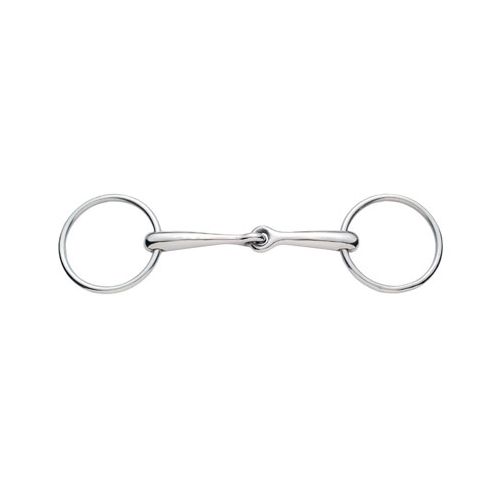
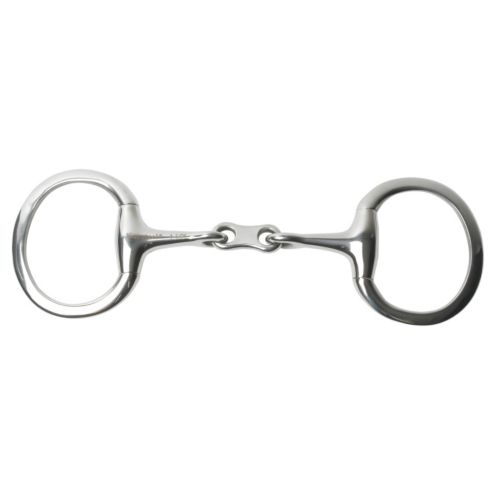
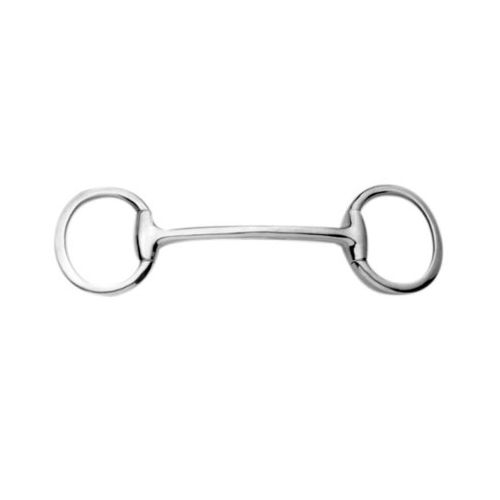
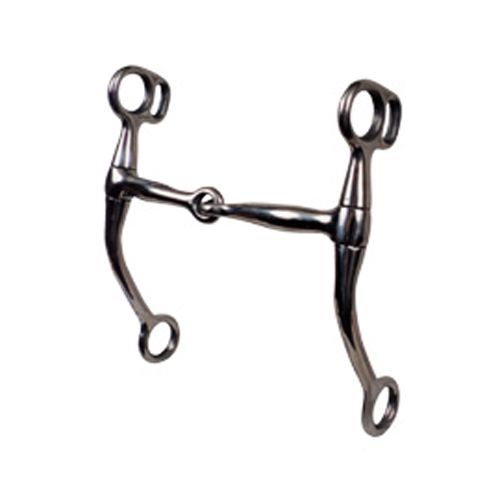
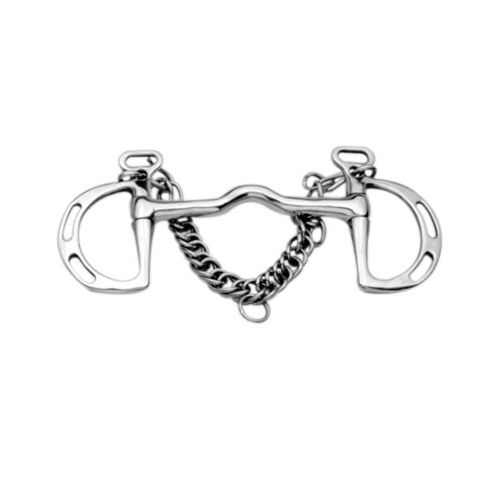

No comments:
Post a Comment